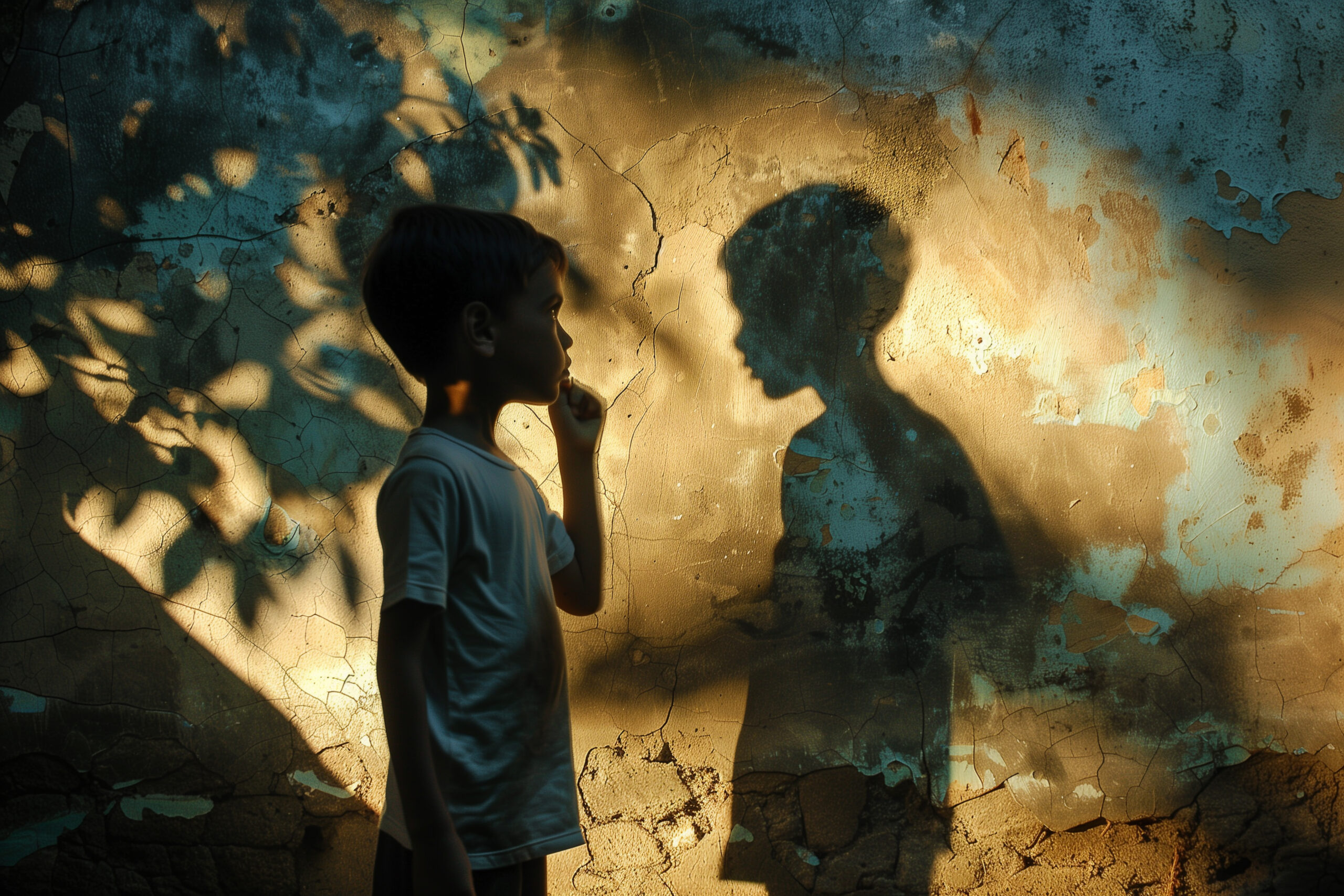Volume 14 Issues 2 February, 2024

Editor, MINDS Newsletter, Department of Psychiatry, All India Institute of Medical Sciences, (AIIMS) Raipur, Chhattisgarh, Indian
Follow me Twitter
January 1, 1983, marks the official birthday of the Internet. As I write this, about 70% of the world’s population uses the Internet, and nearly half is engaged in social media. The digital world’s rapid growth is alarming, especially among youth. According to UNICEF, nearly 71% of the online population is aged 15-24, compared to 48% of the total population. Globally, one in three internet users is a child, with many spending significant time on social media. This exposes them to risks such as sexual harassment and cyberbullying. Adolescence is crucial for identity formation, and social media can greatly influence it, leading parents to mistakenly believe their children are only focused on studies while they spend hours online.
The Netflix series ‘Adolescence’ addresses cyberbullying, the negative effects of social media, and the pressures on teenagers. The story follows Jamie Miller, a 13-year-old who is arrested for murdering a classmate, revealing his inner struggles with self-loathing, low self-esteem, autonomy, and identity issues.
‘Adolescent’ showcases the complex world of online communication, using symbols, emojis, and metaphors. For example, the “incel” community uses these elements to convey messages. A dynamite emoji represents an exploding red pill from the movie Matrix, symbolising confronting an unsettling truth, while the blue pill signifies remaining in normal reality. The ‘100’ emoji denotes the 80/20 rule, indicating that 80 per cent of women are attracted to 20 per cent of men. Adolescents’ inner quests lead them to online communities, including ‘incel’ groups, which can facilitate the insidious indoctrination and radicalization of vulnerable individuals without prompt detection. Parents often believe they have made the appropriate decision by providing their children with a safe personal space equipped with mobile devices and computers, unaware that something sinister may be affecting their children’s minds.
These urgent questions concern many Indian parents. Social media negatively impacts adolescents, with cyberbullying, body shaming, glamorisation of violence, and normalisation of criminal behaviour being serious issues.
Preventing adolescents from excessive digital use requires action at the individual, family, and school levels. Parents, teachers, and mental health professionals must be informed about this issue. Spending time with adolescents to understand their struggles, provide accurate information, resolve doubts, and offer timely intervention is essential.

